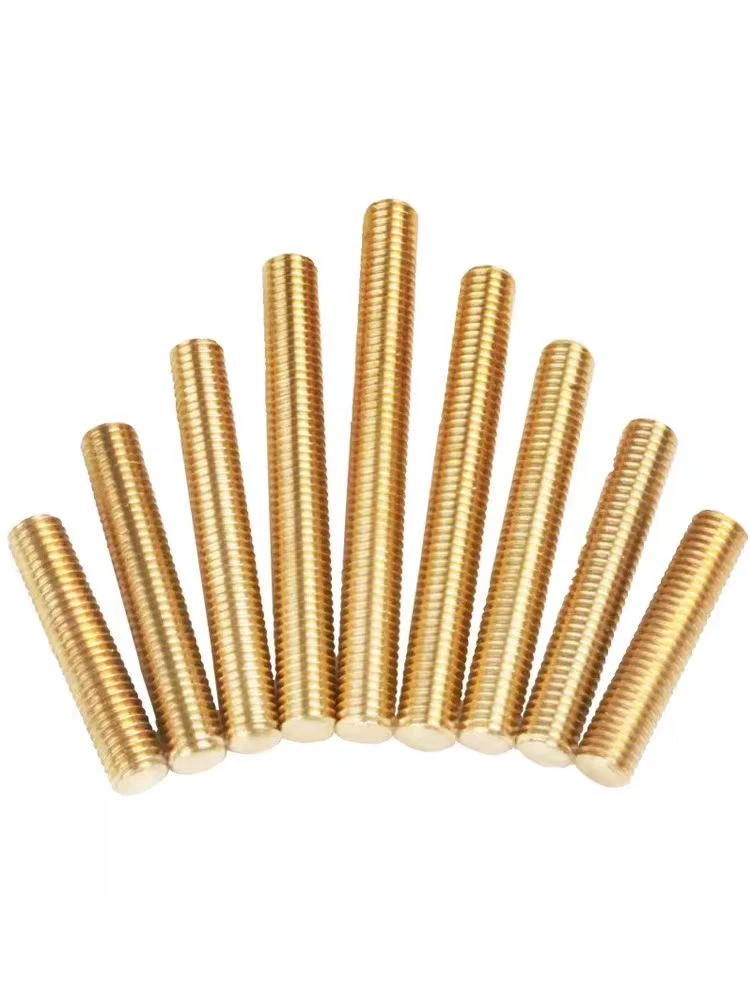

Effective Applications and Benefits of Spring Washers in Mechanical Designs
Kas . 24, 2024 14:14 Back to list
Effective Applications and Benefits of Spring Washers in Mechanical Designs
Understanding the Use of Spring Washers
Spring washers, often overlooked, play a crucial role in various mechanical assemblies. They are designed to maintain tension and provide a secure fit between fastened components. The simplicity of their design belies their importance in ensuring durability and reliability in applications ranging from automotive to aerospace and even household appliances.
What is a Spring Washer?
A spring washer is a type of washer that is made from metal and has a curved shape, usually resembling a spiral or conical form. This unique design allows the spring washer to exert a force against the surface it is installed on. The most common types of spring washers include the helical spring washer (compression spring) and spiral spring washer. Their primary function is to prevent loosening of screws or bolts due to vibrations or shifts in load.
Applications of Spring Washers
Spring washers are utilized in a multitude of applications across various fields. In the automotive industry, they are employed to secure bolts in engines and transmissions, where high vibrations and forces are prevalent. In construction and manufacturing, spring washers help maintain the integrity of assembled structures, ensuring that connections remain intact under a range of conditions.
In electronics, spring washers are used in assembling circuit boards, where they help in providing electrical contacts while maintaining mechanical stability. Household items like appliances and furniture often incorporate spring washers to enhance their durability and usability.
Benefits of Using Spring Washers
1. Vibration Resistance One of the biggest advantages of using spring washers is their ability to absorb shocks and vibrations. This is crucial in applications where movement can lead fasteners to loosen over time.
2. Load Distribution Spring washers help distribute loads evenly across the surface, reducing stress concentrations that can lead to material fatigue and failure.
spring washer use

3. Compensation for Tolerance Variations They can accommodate minor variations in tolerances, making them ideal for applications where components do not fit perfectly.
4. Increased Assembly Reliability By maintaining consistent pressure on the fasteners, spring washers promote a tighter assembly, increasing the overall reliability of mechanical systems.
Installation and Best Practices
The installation of spring washers should be done with care to ensure optimal performance. Here are some best practices
- Correct Orientation Always install spring washers with their tapered or curved side facing the bolt or nut. This ensures proper engagement and functionality.
- Use Appropriate Size Choose the right size of spring washer based on the bolt's diameter and application requirements. An oversized washer may not provide effective tension, while an undersized one may fail.
- Check for Wear and Tear Regular maintenance checks should include inspecting spring washers for signs of wear, corrosion, or fatigue. Replacing damaged washers can prevent further damage to the assembly.
Conclusion
Spring washers are an essential component in many mechanical systems, contributing to stability and longevity. Understanding their design principles, applications, and best practices for installation can significantly enhance the performance of engineered systems. Whether you are a novice DIY enthusiast or a seasoned professional, recognizing the importance of spring washers can lead to more reliable and efficient assemblies. By incorporating these small yet mighty components into your projects, you ensure that your structures withstand the test of time and operational demands.
Latest news
-
Hot Dip Galvanized Bolts-About LongZe|High Strength, Corrosion Resistance
NewsJul.30,2025
-
High-Strength Hot Dip Galvanized Bolts - Hebei Longze | Corrosion Resistance, Customization
NewsJul.30,2025
-
Hot Dip Galvanized Bolts-Hebei Longze|Corrosion Resistance&High Strength
NewsJul.30,2025
-
High-Strength Hot-Dip Galvanized Bolts-Hebei Longze|Corrosion Resistance&High Strength
NewsJul.30,2025
-
Hot Dip Galvanized Bolts-Hebei Longze|Corrosion Resistance&High Strength
NewsJul.30,2025
-
Hot Dip Galvanized Bolts - Hebei Longze | Corrosion Resistance, High Strength
NewsJul.30,2025

